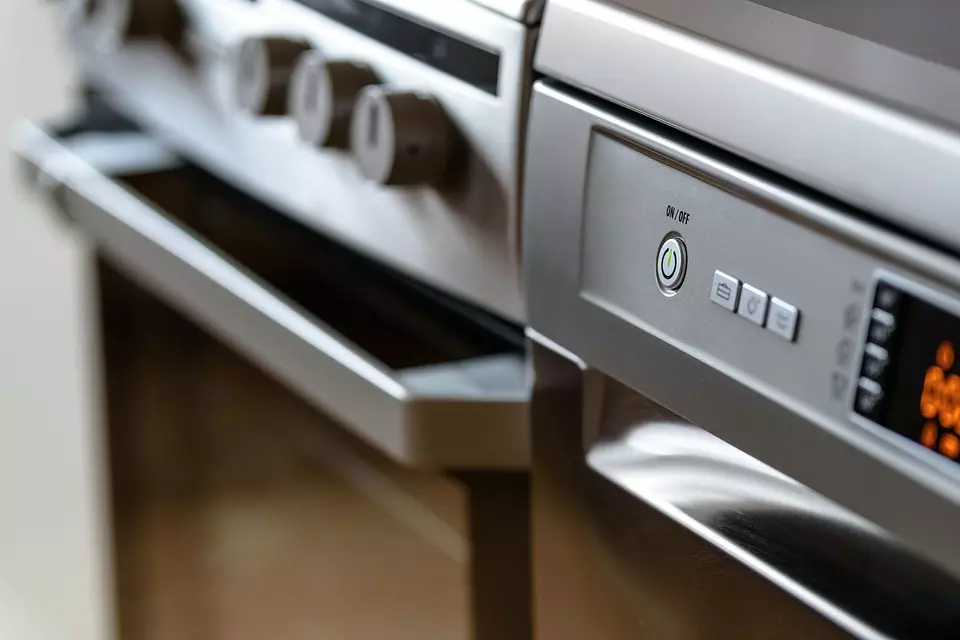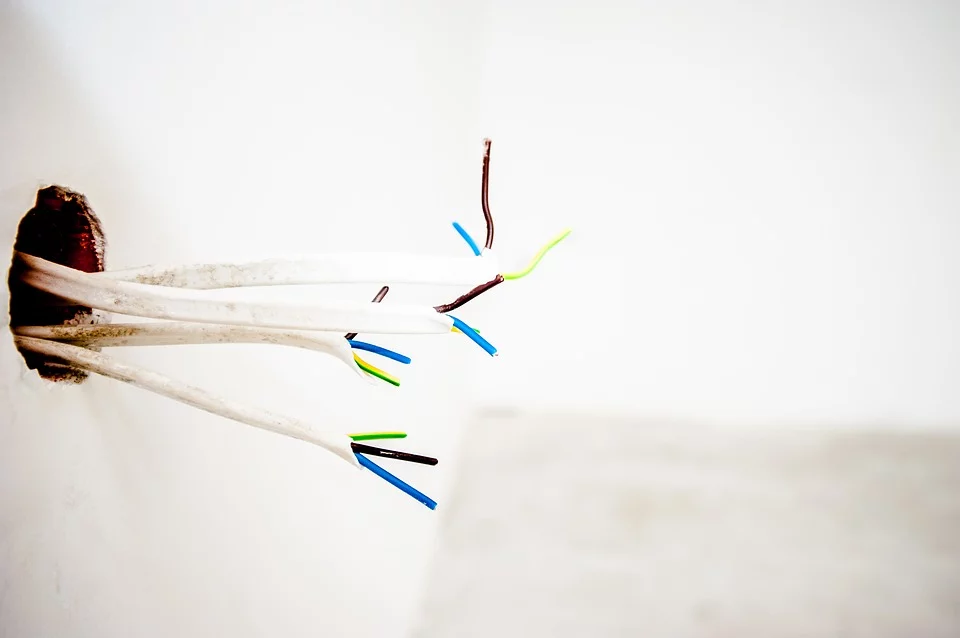Guide to Installing and Connecting a Three-Phase Oven (Electric Stove)
It is important to note that the installation and connection of a three-phase oven is a task for a qualified electrician. If you are unsure or do not have the necessary knowledge and skills, it is recommended to seek the assistance of a professional for the installation. Safety always comes first.

Before starting the installation, check the technical specifications of the oven and ensure that it is designed for three-phase connection. Also, make sure that your power supply is suitable for connecting a three-phase device.
Turn off the main power supply in your household before beginning the installation. Ensure that no current is flowing through the wires or devices to minimize the risk of electric shock.
Refer to the provided documentation of the oven to understand the exact wiring and connection. Read the user manual carefully and ensure that you fully understand the instructions.
If not included, obtain a suitable five-core connection cable that matches the technical specifications of the oven. In case of doubt, consult a qualified electrician to select the appropriate cable.
Make sure that the oven is turned off and no power is supplied to it. Loosen the screws or nuts securing the cover of the connection box on the oven.
Carefully remove the cover of the connection box. Inside, you should see the terminal blocks where the power supply will be connected. Pay attention to the markings L1, L2, and L3 for the three phases, as well as PE (protective conductor) and N (neutral conductor).
Check the wiring of the power supply to ensure that it complies with local regulations and safety standards. The wiring should be performed by a certified electrician.
Connect the L1, L2, and L3 phases of the oven's connection cable to the corresponding phase terminals in the oven's connection box. Ensure that the cables are securely and tightly connected.
Connect the protective conductor PE of the connection cable to the corresponding terminal in the oven's connection box. Make sure that the protective conductor is properly connected to ensure safe grounding of the appliance.
Connect the neutral conductor N of the connection cable to the corresponding terminal in the oven's connection box. Ensure that the connection is secure and complies with local regulations.
Carefully check all connections in the connection box to ensure that there are no loose wires or connections. Proper connection is important for the safety and proper operation of the oven.
Reattach the cover of the connection box and secure it with the screws or nuts.
Double-check all connections and make sure they are correct and secure.
Turn on the main power supply and test the oven to ensure that it is functioning properly. Follow the oven's user manual to perform the initial setup steps.
Electrical Connection
The electric stove is typically connected to the power grid using a stove connection box as a "permanent connection." In most cases, a 400V three-phase AC connection is used for the power supply. However, older installations may use single-phase 230V supplies as well.

The following recommendations apply for safely connecting the cable to the stove's terminal blocks:
Green-Yellow:
Connect the green-yellow conductor (protective conductor or ground) to the terminal marked with the grounding symbol or labeled "PE." This ensures the grounding connection of the stove.
Blue:
Connect the blue conductor (neutral conductor) to the terminal marked "N." The neutral conductor is responsible for safely returning the current.
Black, Brown, and Another Black:
Connect the black, brown, and another black conductors to the terminals marked "L1," "L2," and "L3," respectively. The order of phase connections does not matter as it is a three-phase connection.
Ensure that for a new stove, the internal connections between the "L1," "L2," and "L3" terminals may be bridged. These connections need to be removed to correctly connect the individual phases.
It is important that the individual conductors (wires) have wire end ferrules at their ends. These are used to establish a clean and secure connection in the terminal blocks. The wire end ferrules should be sized properly according to local regulations and requirements.
Note that some cables may contain an additional white wire. However, this wire is not an electrical conductor; it may be a cord or material used for cable stabilization. In this case, the white wire can be safely cut, as it serves no electrical function.